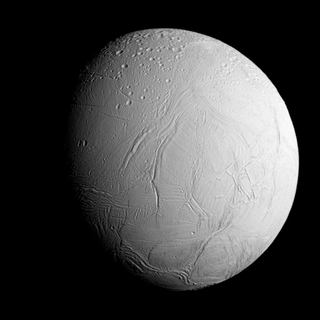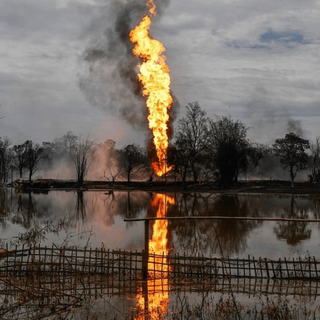Scientists from Punjab have discovered a new moss species in the frozen continent of Antarctica — providing interesting insights into how plants can survive in a region with frigid temperatures and no sunlight for around six months every year.
Professor Felix Bast, who heads the Department of Botany at the Central University of Punjab, found the plant in January 2017 during an expedition to Antarctica. Scientists have been studying it since, finally confirming over four years later that it’s indeed a new species after sequencing and comparing its DNA with that of other plants.
The species has been named Bryum Bharatiensis after Saraswati (also known as Bharati) — the Hindu goddess of learning. The nomenclature is also a reference to the area where the plant was first spotted by Professor Bast — near Bharati, an Indian research station in Antarctica, which was established in 2012 and is one of the remotest research stations in the world.
Published in the Journal of Asia-Pacific Biodiversity, the paper detailing the findings also explores how the plant survives in Antarctica’s rocky, icy climate.
Related on The Swaddle:
Climate Change Is Turning Antarctica’s Snow Green
One of the answers lies in penguin excretions, which have a high nitrogen content. “Basically, the plants here survive on penguin poop. It helps that the manure doesn’t decompose in this climate,” Professor Bast told BBC News. Plants require nitrogen for a variety of purposes — including the growth and reproduction of cells and the process of photosynthesis, which helps them convert light energy from the sun into chemical energy.
While penguin poop may be an answer for the plant’s nitrogen requirements, researchers are still baffled about how it survivies despite the lack of sunlight. However, they do have a hypothesis: During the six winter months of no sunlight, the moss “dries up to a dormant stage, almost to a seed,” and during summer, it germinates again as it starts to receive sunlight and also absorbs water from the melting snow.
Professor Bast mentioned that this is the first time India has discovered a plant species in Antarctica, almost 40 years since it first set up a research station on the continent. However, he noted that the expedition presented his team “alarming evidence” of climate change — from melting glaciers, to fissured ice sheets, to and glacial melt-water lakes on top of ice sheets.
“Antarctica is getting greenified,” Professor Bast said, adding that isn’t a great sign either. “Many temperate species of plants that previously could not survive in this frozen continent are now seen everywhere because of the warming up of the continent,” he explained.




